
There are many kinds of gold ore, which are usually embedded with other metal mineral impurities. If the gold is difficult to be leached successfully by the fine grinding under a normal condition, this kind of gold ore is called refractory gold ore, and the grade of Au is more than 0.5g/t in its leaching tailings.
The gold in this kind of ore is often physically wrapped or incorporated into the various chemical compounds, so it cannot contact with the cyanide solution and is difficult to be leached. Therefore, what are the reasons for the low cyanide leaching rate of gold ore? And what should we do to solve this problem?
This kind of ore is the associated minerals that can consume oxygen, alkali and cyanide. It is easy to be oxidized and decomposed, then the sulfate, ferrous sulfate, ferric subsulfate and iron thiosulfate are generated. The decomposed material can react with cyanide or alkali, causing a large number of oxide, cyanide and alkali dissolved before the dissolving, thus hampering the gold leaching.
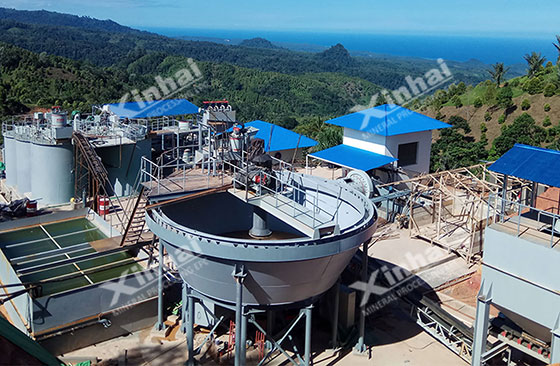
Solution:
For this kind of problems, pre-aerated alkali leaching method is often adopted, that is, filling oxygen and agitating in the alkaline medium before the pulp cyanidation leaching, so that these minerals have enough oxidation and hydrolysis time to convert into the cyanide ferric hydroxide that cannot be dissolved by the cyanide, then adding the cyanide to effectively dissolve the gold.
Some gold ores contain active organic carbon or graphite. Because the carbon in the gold ore is quite active, it can absorb the dissolved gold, and then precipitate again, thus reducing the rate of gold leaching.

Solution:
According to the carbon content of this kind of ore, two kinds of methods can be used: physical mineral processing and chemical mineral processing.
Physical mineral processing method: Refueling and floating gold ore when the carbon content is high; When the carbon content is low, adding the moderate organic matter (such as kerosene or coal tar) before the leaching according to the hydrophobicity of carbon mineral surface, which can make the carbon mineral surface form a layer that inhibits the adsorption of dissolved gold, weaken the ability of gold absorption and eliminate the influence of carbon on the gold leaching.
Chemical mineral processing method: Using the sodium hypochlorite to make the gold ore oxidize in the alkaline medium at 50~60℃. Otherwise, adopting the roasting method to oxidize the carbon to carbon monoxide and carbon dioxide, and then the gold is extracted by the cyanide leaching.
Some of the gold ores are associated with copper and zinc mineral, such as malachite, azurite, chalcocite, sphalerite (especially the oxidizing sphalerite), etc., These minerals have a high solubility in the cyanide solution. When the gold is leached, they will contend the cyanide and oxygen with the gold, thereby preventing the dissolution of gold and decreasing the cyanide efficiency.
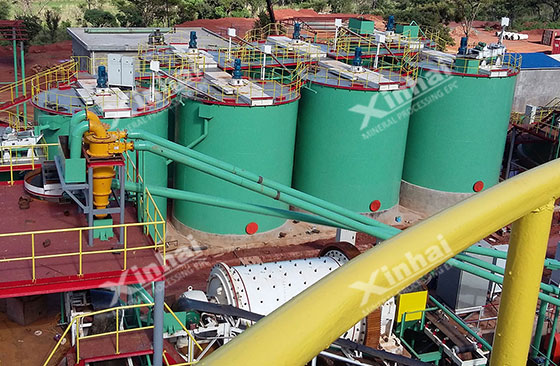
Solution:
For such cases, the different treatment methods can be adapted according to the content of copper and zinc in the gold ore. When the content of soluble copper and zinc in a gold mine is relatively low, increasing the oxide can improve the rate of gold cyanide leaching if the increase of cyanide does not cause economic loss. However, it should be noted that this method must be conducted at a lower temperature and cyanide concentration, because the dissolution rate of the same mineral will increase with the increase of temperature and cyanide concentration.
In the production process, the stage dosing method ensures that each tank can keep the appropriate cyanide concentration, which can effectively control the solution rate of impure minerals. What you should note here is that the cyanide consumption should be minimized while the gold is recycled.
When the content of copper and zinc minerals in the gold ore is relatively high (more than 0.3%), the flotation method can be adopted if the increased consumption of cyanide is too high. Separating part of qualified copper and zinc concentrate, then floating the tailings then extracting the gold by the cyanide leaching.
Some of the gold ores are associated with dalarmite and arsenopyrite. Most of these minerals are and gold ores are wrapped in the gold ore. During the cyanide leaching, it is difficult for cyanide solution to contact with gold ores, so the rate of gold leaching is not high.
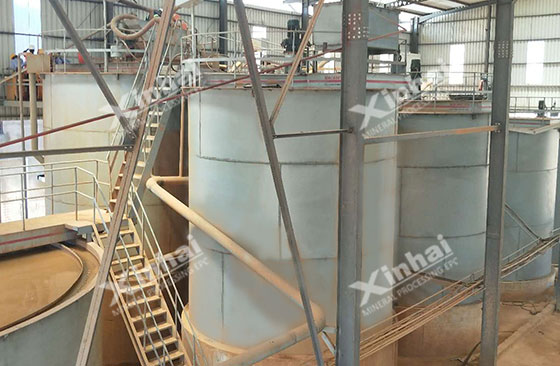
Solution:
Under a certain degree of monomer dissociation, aqueous solution oxidation method, aqueous solution chlorination method and bacterial oxidation method can be adopted for the gold ore containing small amount arsenic. The roasting method can be adopted for the gold ore with a high grade of gold-containing arsenic or gold concentrate. The roasting method includes oxidation roasting and solidification roasting. Its purpose is to expose the gold fully and improve the rate of gold cyanide leaching.
In order to make full use of the mineral resources on the premise of comprehensive recovery, the different gold leaching methods can be considered to adopt when the fine powder is a gold-copper fine powder.
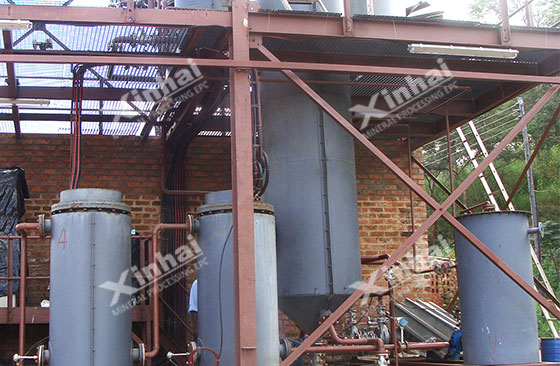
Solution:
If the copper exists in the form of oxide, the acid leaching copper-gold cyanide leaching process can be adopted. For example, using the dilute sulphuric acid to leach copper, the copper sulfate solution is treated with extraction or iron replacement method for obtaining the electrolytic copper or sponge copper, and the copper leaching slag just has the lower copper content, so the gold leaching rate is relatively high.
In addition to the associated minerals that consumes the oxygen, alkali and cyanide, the minerals containing the impurities (such as antimony and selenium) and fine grains that are wrapped in the gangues will also affect the gold leaching. In order to effectively improve the rate of gold cyanide leaching, it is suggested to conduct the mineral processing test first, analyze the influencing factors according to the ore properties, then determine the appropriate beneficiation program to improve the rate of gold cyanide leaching.
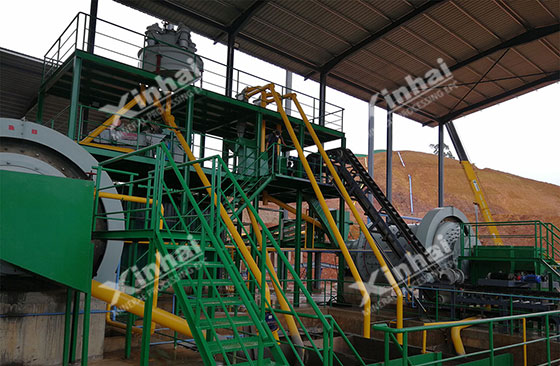


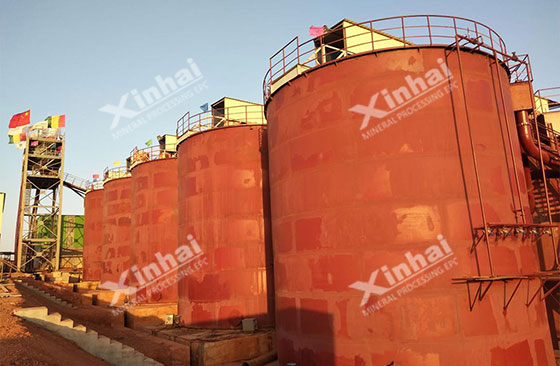
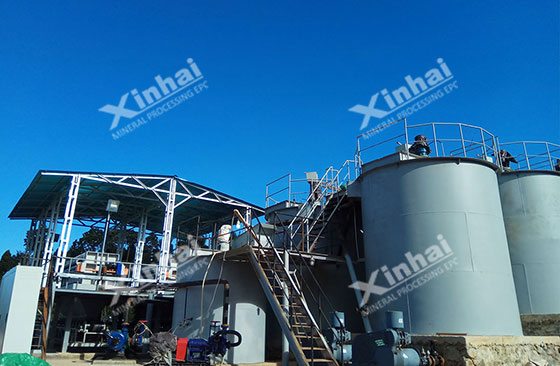
To find out more about our products and solutions, please fill out the form below and one of our experts will get back to you shortly.